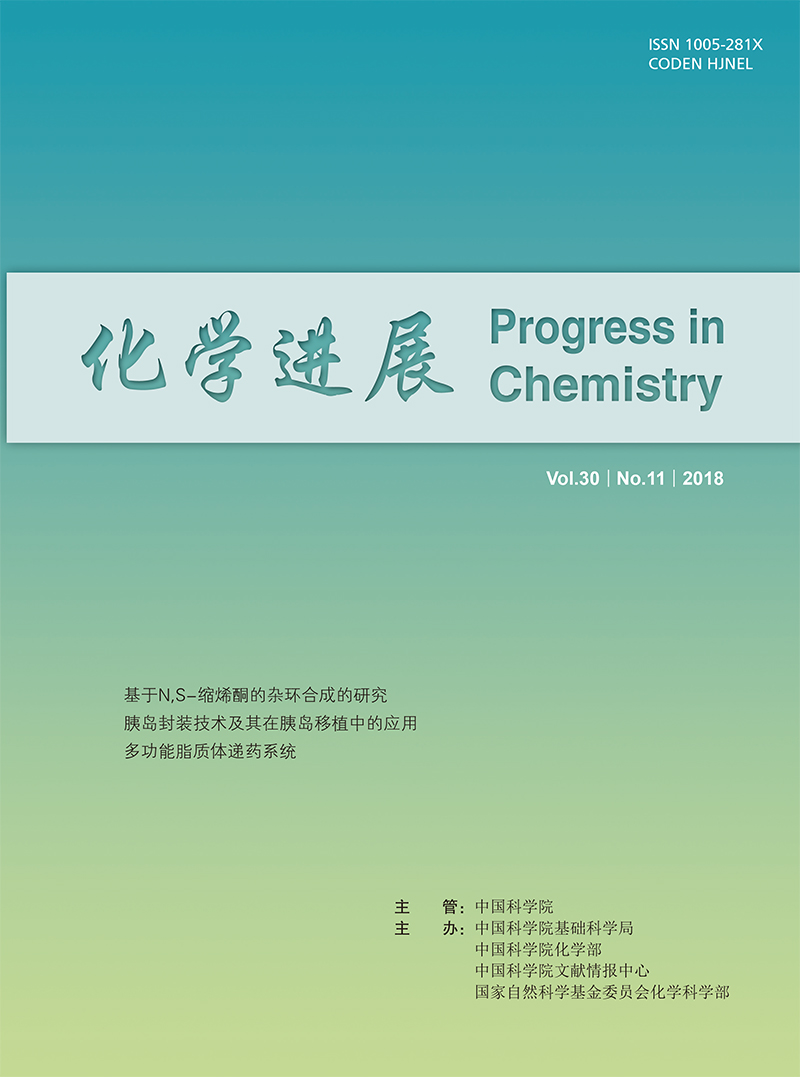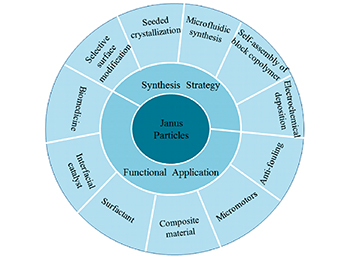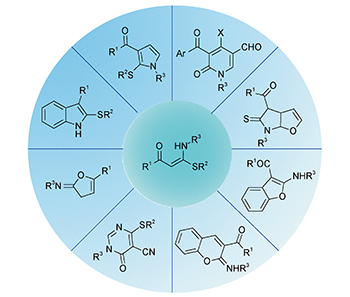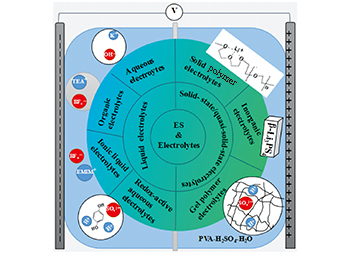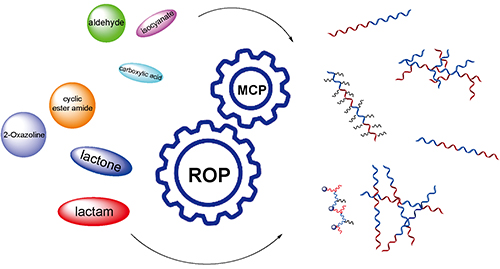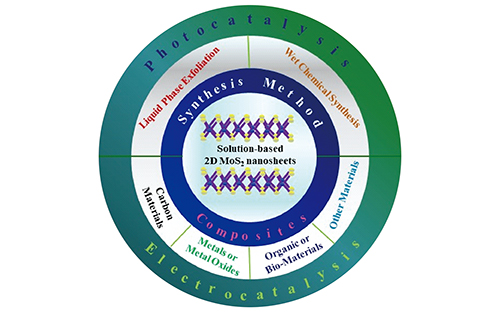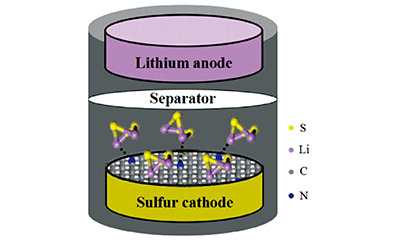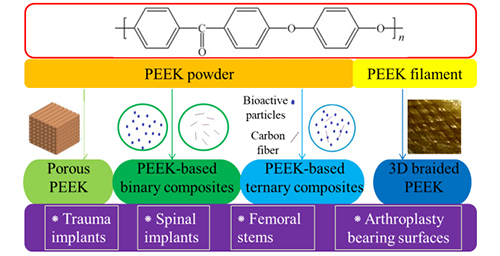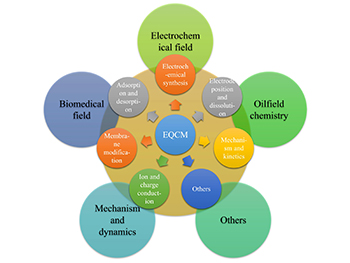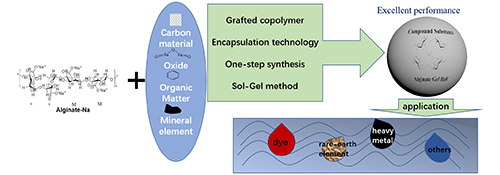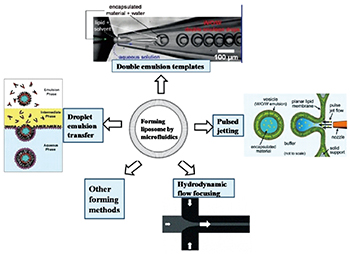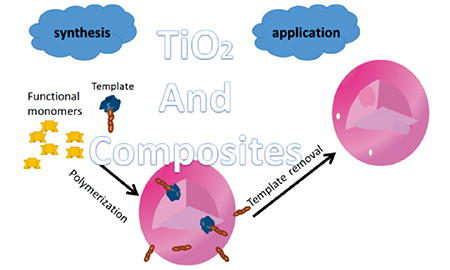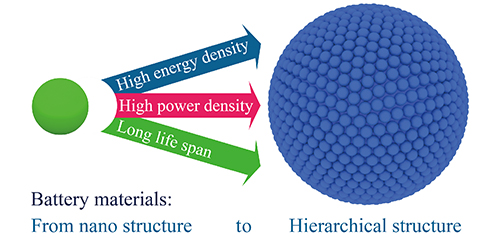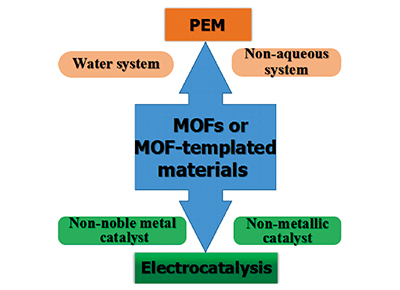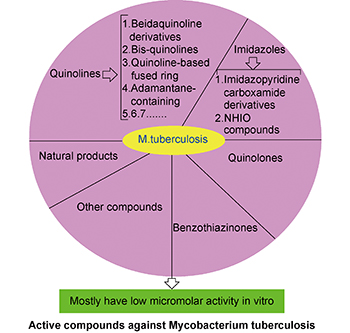Jie Tang, Renfa Liu, Zhifei Dai*. Multifunctional Liposomal Drug Delivery Technology[J]. Progress in Chemistry, 2018, 30(11): 1669-1680.
Abstract
Liposome is one of the most popular drug delivery system due to its structure similarity to cell, high biocompatibility, availability for loading various drugs(hydrophobic, hydrophilic or amphiphilic), etc. Since its first development in 1965, tremendous technical advances have been made in this field, resulting in tens of liposomal drugs applied in clinic. However, the liposomal technology is far from perfect. The defects of liposomal technology include low drug loading, insufficient tumor targeting, etc. This review focuses on some major advances in recent years in terms of drug loading, targeting delivery, controlled release, and imaging monitoring. Traditionally, the drug loading of liposome is conducted by a passive loading method, characterized with low drug loading capability, low encapsulating efficiency and high drug leaking. Although the development of pH gradient method makes some drug loaded at very high encapsulating efficiency, this method is only suitable for some ionizable drugs and the maximum drug loading capability is usually not higher than 10 wt%. The newly developed active loading procedure by ferrying hydrophobic drugs with ionizable cycolodextran makes active loading of hydrophobic drugs possible. The application of reverse-phase microemulsion enables some platinum-based drugs loaded in the liposome as a nanoprecipitate characterized with a remarkably high drug loading capability. Direct conjugating drugs onto the liposomal membrane is another promising method with high drug loading, high encapsulating efficiency and minimal drug leaking. Efficient target delivery of liposomes to tumors is critical in improving therapeutic efficacy, yet strategies involving ligand modification have been difficult to achieve in clinic. Many researches have shown that some physical methods including heat, laser, ultrasound and ionizing irradiation can not only significantly increase liposomal accumulation, but also control the drug release. This indicates that combining liposome-based therapy with some minimal-invasive physical therapy such as hyperthermia therapy, photodynamic therapy and radiation therapy would maximize the targeting ability of liposome and release the drug in a controlled manner. The unique lipid-encapsulated core-shell structure makes liposome a versatile platform for loading various drugs. The liposome can be used to co-encapsulate two or more drugs that target different pathways, thus making combination therapy possible. Compared to the single-drug therapy, the combination therapy offers several advantages including reduced dose, less drug resistance, low toxicity and improved efficacy. In addition to therapeutic agents, the liposome can also load some imaging agents, thus enabling liposome "visible". The development of "visible" liposome makes it possible to monitor in real time the behavior of liposomal drugs in vivo, which is impossible to do with conventional method. In conclusion, the liposome has witnessed many technical advances in recent years. However, to further optimize these advances and finally translate them into clinic to benefit patients, a lot more work still needs to do.
Contents
1 Introduction
2 The innovation of drug loading methods improves drug loading capability and encapsulation efficiency
3 Stimulates controlled targeted and drug released liposome
3.1 Temperature sensitive liposome
3.2 Photodynamic enhanced targeted and drug released liposome
3.3 Ultrasound controlled targeted and drug released liposome
3.4 Radio enhanced targeted and drug released liposome
4 Combination drug released liposome
5 Visualization liposome assessing therapy processes
6 Conclusion




